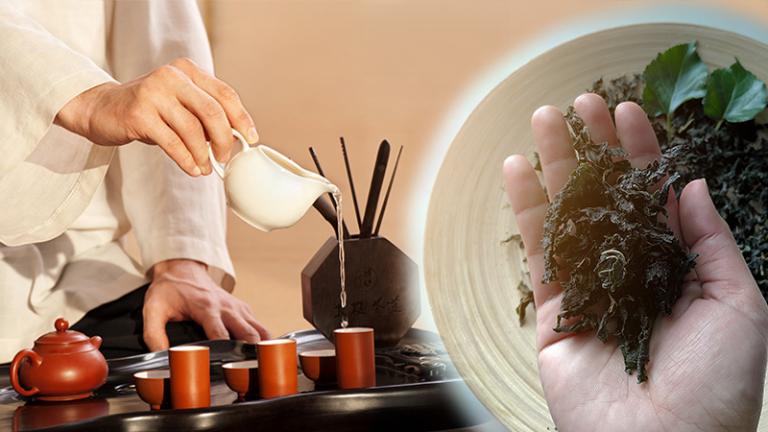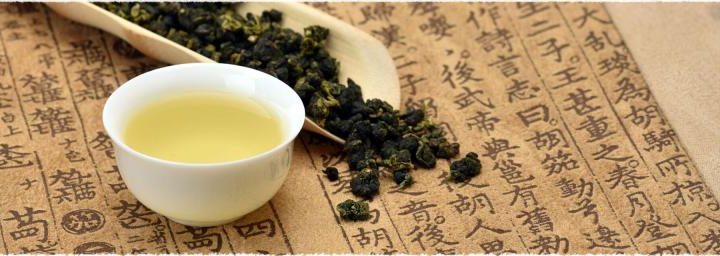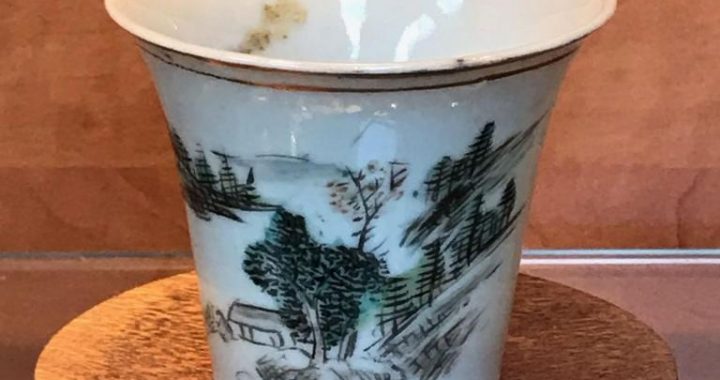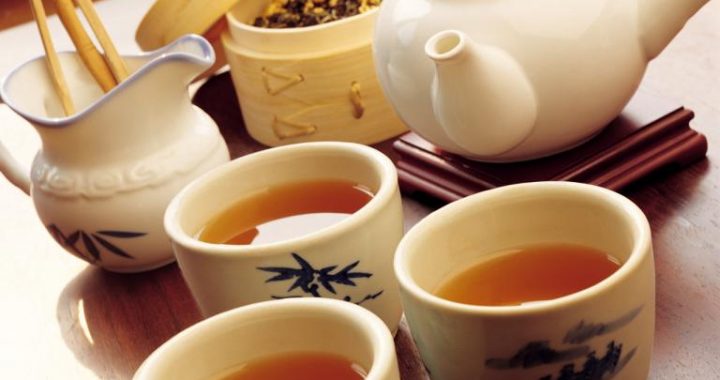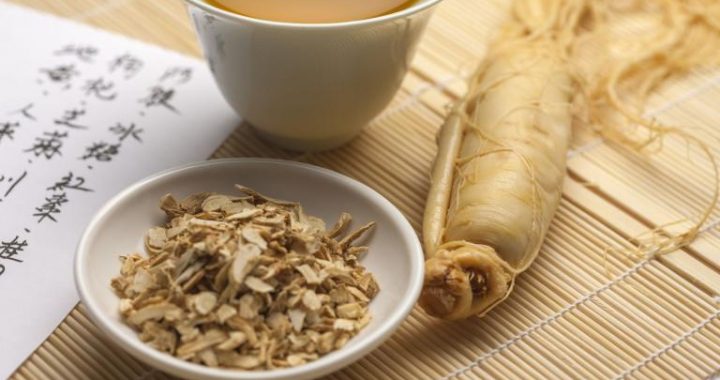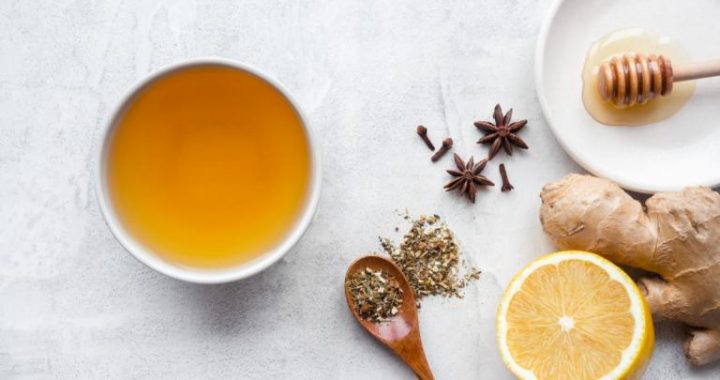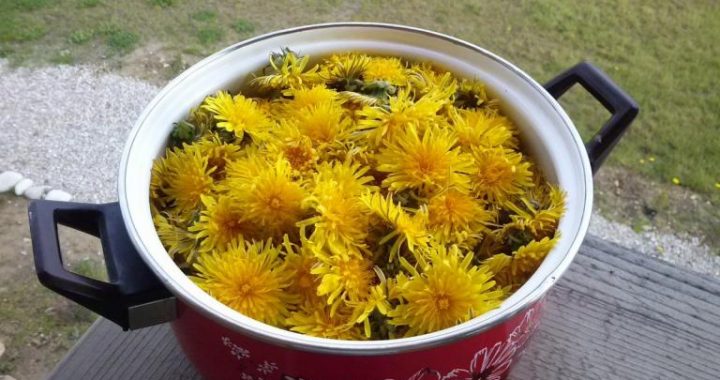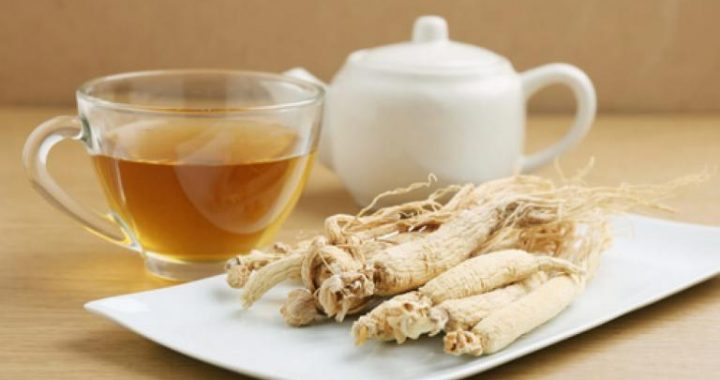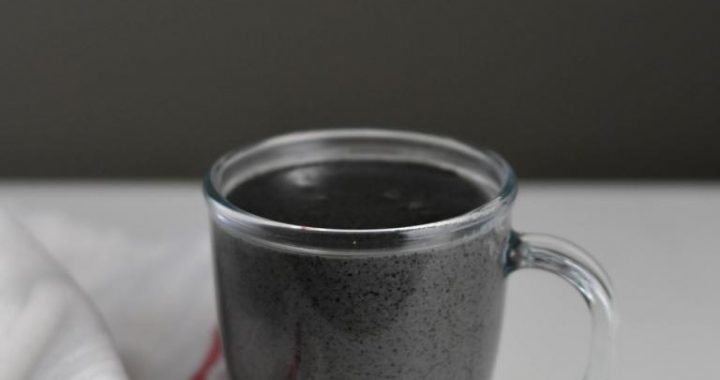Tea culture from the Western Zhou Dynasty to the Qin Dynasty
2 min readAccording to the Records of Huayang Kingdom: the History of Ba written by ChangQu of the Eastern Jin dynasty (317~420), about 1057 BC or so, when Emperor Wu of the Zhou dynasty(1046 BC~256 BC) conquered the Shang dynasty(1600 BC~1046 BC), tea entered and spread in the central plain area as the tribute from the southwestern area. Since the transportation then was very inconvenient and it was ofa long distance between the southwest and the central plain, when the tribute of tea arrived in the capital the leaves were no longer fresh, therefore people had to process the tea leaves to be dried tea. Then, what were those dried tea used for?
Food, medicine or drink? It was not mentioned in the book. However, according to the records in Yanzi’s Spring and Autumn Annals in the Spring and Autumn and Warring States Periods(722 BC~221 BC), Yan Ying, the statesman of the State of Qi, oftenate “Mingcai”(“tea vegetable”). Therefore we could infer that at first tea was used as a kind of food in the southwestern area, and it was also introduced to the central plain as food.
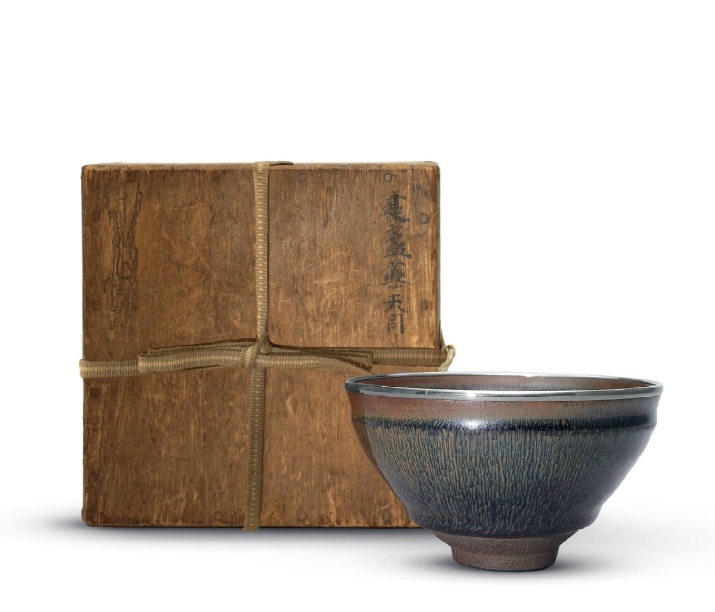
In addition, in the Shennong’s Classic of Foods, there was the record of”take tea”rather than “drink tea”, which indicated that people had already found the curative and refreshing functions of tea in the Qin and Han dynasties (221 BC~220 AD), and began to record it. Therefore, we could say that, at least, before the Qindynasty (221BC~206 BC) tea was not used as a kind of drink but greatly promoted and popularized as food and medicine. However, seeing tea as food and medicine is not farfetched because the Chinese medicine always emphasizes the idea of recuperating by taking herbal medicines, among which there is the food therapy of “everything that can be eaten can be used as a medicine”.
